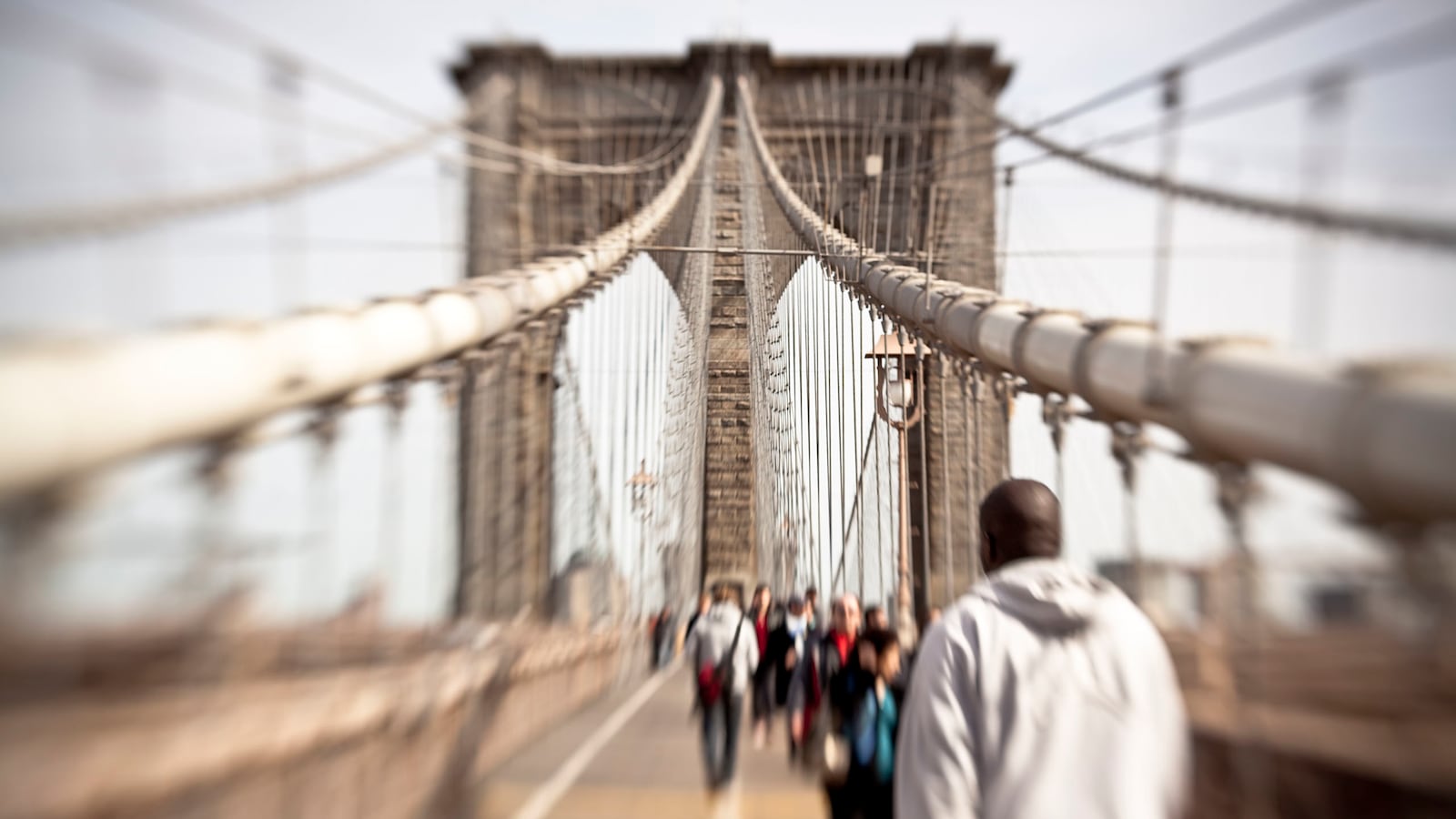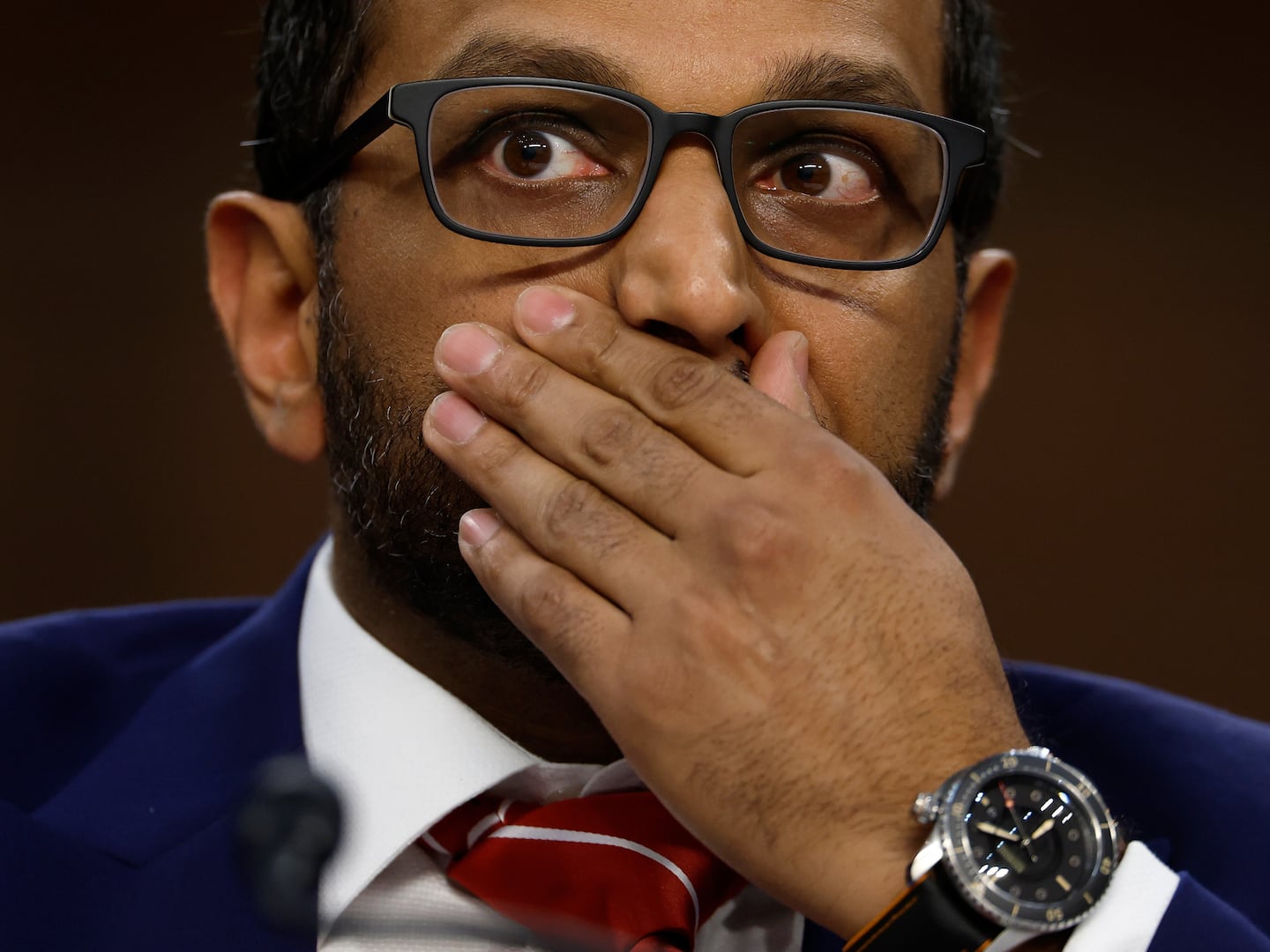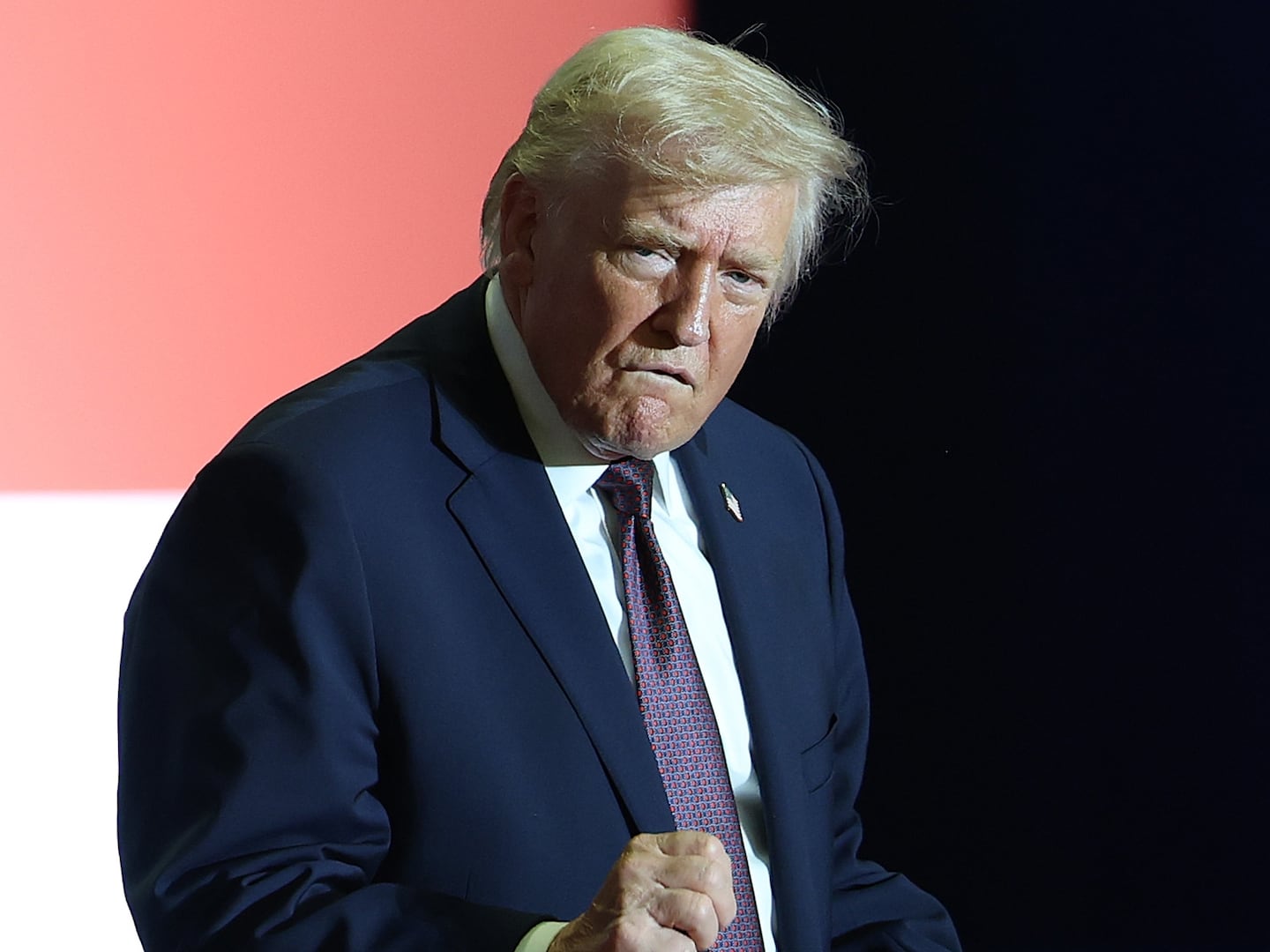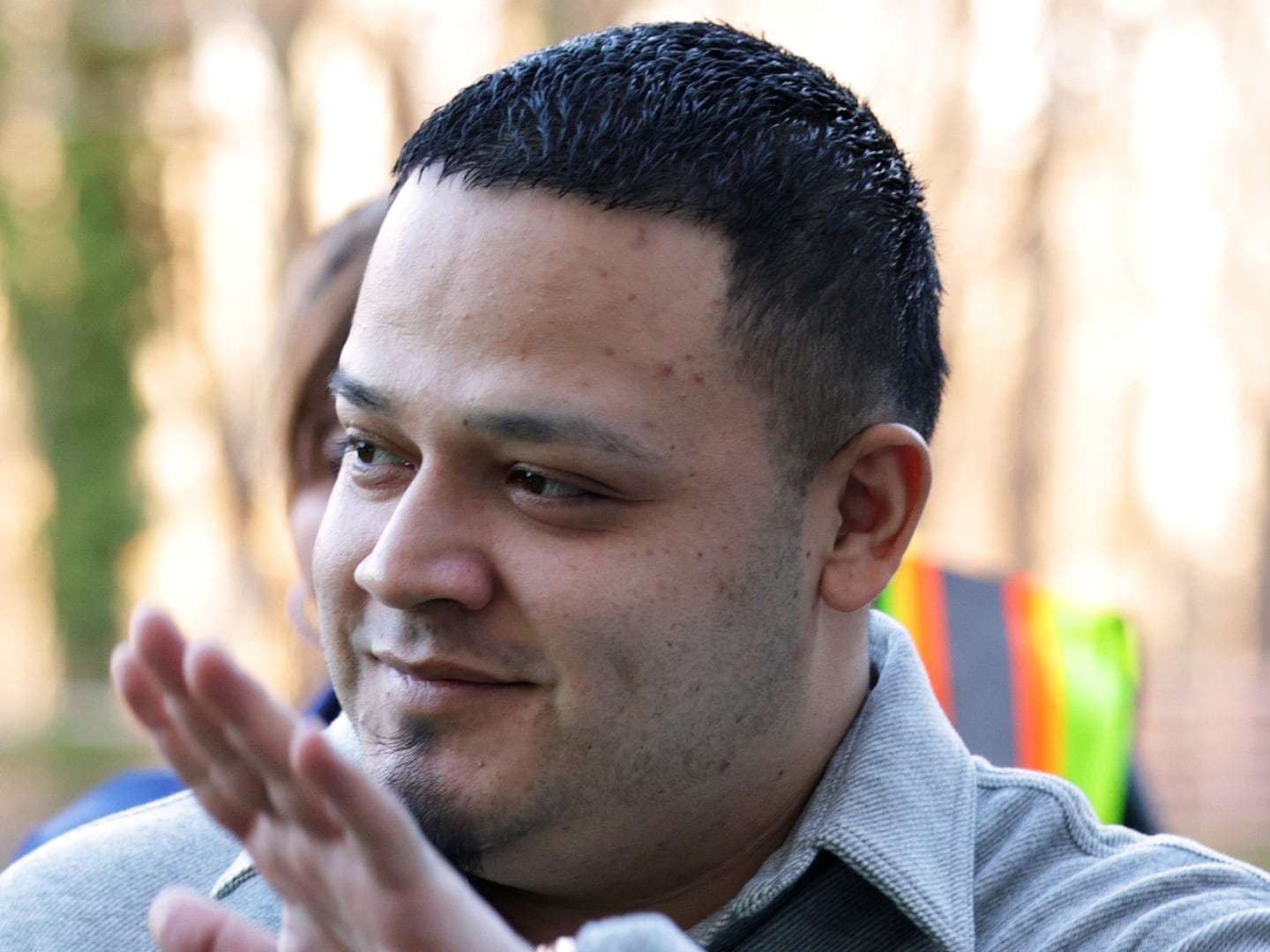Brooklyn, where I live, has become a brand. Locavore hipsters brewing their own mead, hirsute indie rockers in ironic T-shirts—the former borough of Tony Manero (who wanted to leave it for Staten Island) is now San Francisco East.
And yet, Brooklyn—like San Francisco—has also been the site of a spree of queer-bashings that have some residents scared to walk the streets.
The most recent victim is a 28-year-old transgender woman, savagely beaten in front of 1250 Bushwick Avenue on Oct. 12. She’s in critical condition—one of her attackers threw a piece of Plexiglas at her head. (The NYPD has released a security video from a nearby bodega that shows the suspected attackers.)
But she (the victim identifies as neither male nor female, but press reports have used female pronouns) is but the latest in a grim series of similar attacks. Just last week, a 33-year-old man was followed into an apartment building on Washington Avenue, on the Crown Heights/Prospect Heights border, and hit in the head with a hammer. (Another surveillance video, showing the perpetrator with hammer in hand, is here.)
And last month, three men—aged 22, 21, and 17—shot a man “dressed as a woman” under the J/M/Z line on Broadway. They, fortunately, have been caught.
In all three cases, the attackers shouted anti-gay slurs.
It’s hard to know what to make of this spate of attacks. Overall, the crime rate in New York continues to fall. Yet anti-gay hate crimes have been on the increase for the last two years—with a 70 percent spike from 2012 to 2013.
This dramatic increase may simply be a matter of reporting—more crimes are being reported and characterized as anti-LGBT. Yet the sense is that anti-LGBT hate crimes are becoming more prevalent, and more terrifying. Last year’s murder of Mark Carson, in the center of Greenwich Village, and the unsolved 2013 attack on Islan Nettles, which took place across from a police station, still haunt many LGBT New Yorkers, even if the mainstream media has lost interest.
Significantly, those being targeted are disproportionately transgender, and disproportionately people of color. In 2012, according to the Anti-Violence Project, half of those killed by anti-LGBT hate crimes were transgender, and 75 percent were people of color. Yet as I reported here back in 2012, the media has basically missed this story.
Laverne Cox may be on the cover of Time, but as she herself has said many times, her trans sisters are still under attack on the streets. Including in at least two of this month’s attacks in New York.
It’s possible that those two trends are related: maybe the violence is a backlash against the greater visibility and acceptance of trans* people. (The asterisk is a common nomenclature to reflect the diverse range of the transgender, trans-sexual, cross-dressing, gender-nonconforming, etc. etc. population.) Once again, there’s no way of really knowing.
My own sense, as a white, queer-but-passing-if-I-have-to Brooklyn resident, is that the Brooklyn violence, in particular, also stems from the dislocation and anger caused by gentrification. These attacks aren’t happening in my leafier neighborhood, and they’re not happening in Tony Manero’s Bay Ridge either. They’re happening on the cutting edge of the New Brooklyn: East Bushwick, Crown Heights.
A decade ago, these are areas many white folks wouldn’t have felt safe walking in. I know I didn’t—not in Bushwick, anyway, when my white, queer friends started colonizing them (a term I use advisedly) in the early 2000s. But now they have brewpubs, pour-over coffee joints and kimchi taco stands. (The latter is on Washington Avenue, scene of the hammer attack. For the record, it is POC-owned and fantastic.)
Even though at least two of this month’s victims were people of color, like the attackers, and even though LGBT people of color are some of the most disadvantaged and discriminated-against sectors of society, it’s easy to see how they might be scapegoated for the changes in society, changes in neighborhood, and changes in class. They are 'other,' newly visible, and symbols of the social and, by extension, economic changes in society and in New York. Of course, these gender-nonconforming people are not the gay elite of Chelsea or the Castro. But they might be proxies for them.
To be clear, this account is in no way meant to excuse these hideous attacks—only perhaps to explain them. And it is conjecture, based on the sketchy bits of evidence we possess.
If I’m right, though, there will be no quick fix for this trend.
It’s easy to blame the police for not protecting queer lives, especially queer brown lives. But then, when then-candidate Bill DiBlasio told Gothamist that he wanted to install more surveillance cameras in response, many cringed.
Indeed, given the experiences of queers and people of color being disproportionately targeted by the NYPD, many might see more surveillance as part of the problem, not the solution.
Unfortunately, the best response we can muster might be much harder than a band-aid or hidden camera. It might mean diversifying the faces and leaders of the LGBT community, making queer POC lives more visible, and dialoguing with some leaders of the Black Church (as it is still called) who continue to preach anti-gay messages from the pulpit. It might mean working at the intersections of race, gender, sexuality, immigration, and class, rather than separating into activist silos. In short, it might take a lot of work, money, and time.
If I’m right about the interlinked causes of these attacks, though, they show why a less integrated approach is so unacceptable. Conceivably, gains enjoyed by the most prosperous, powerful, and safe members of the LGBT community are coming at the expense of the least. As someone white, gay, married, and relatively well-off, my freedoms have increased dramatically in the last few years. I wonder if less privileged people might be paying for them.






